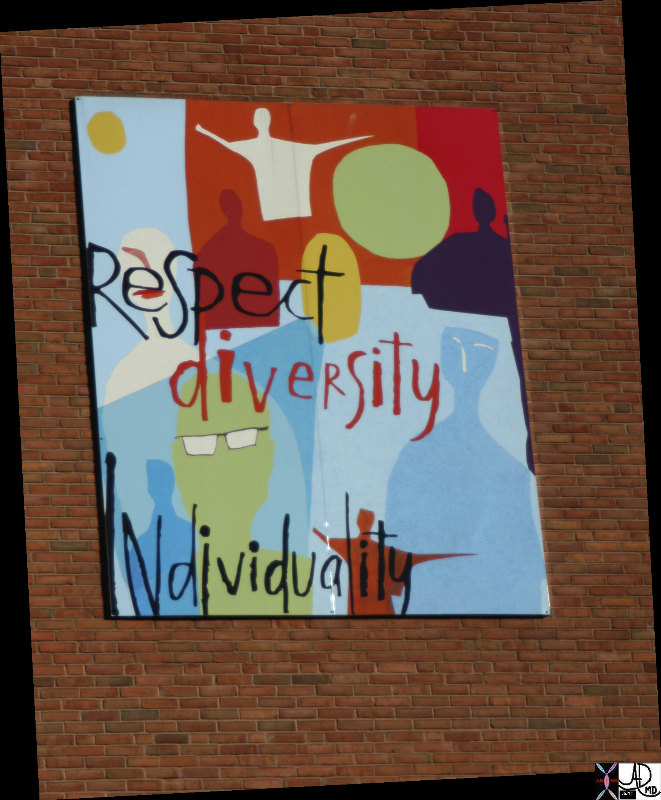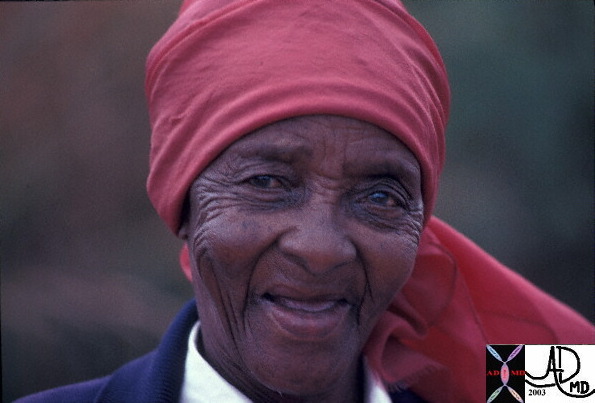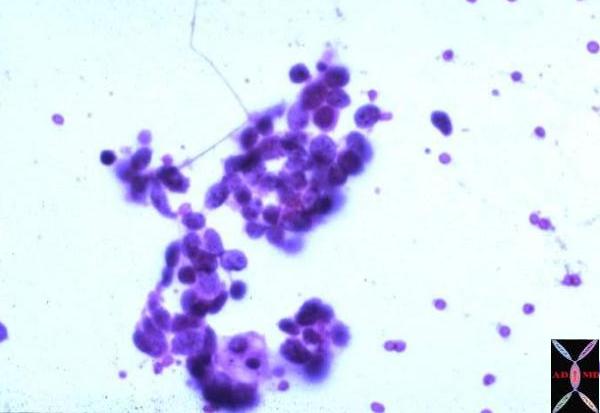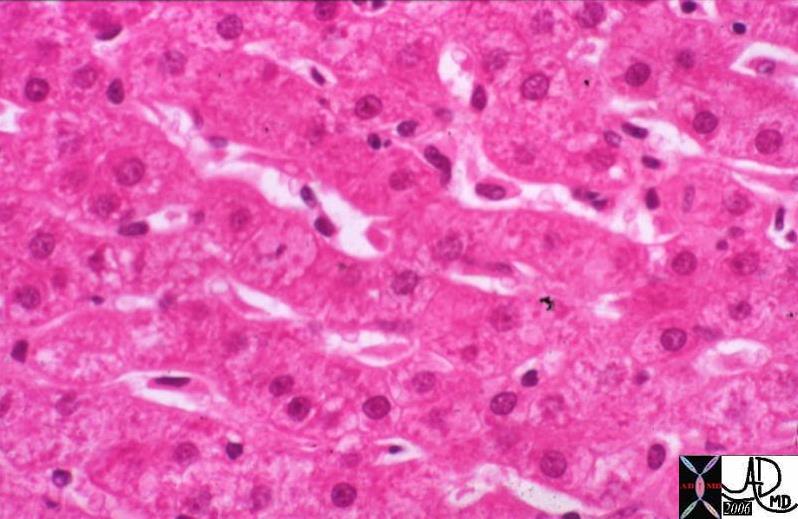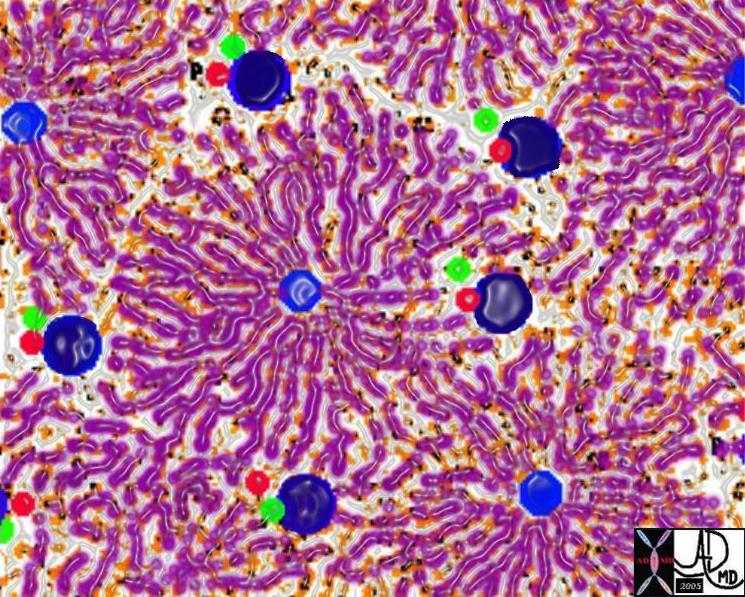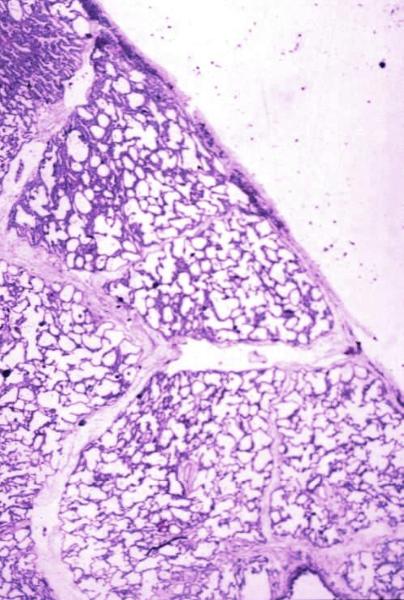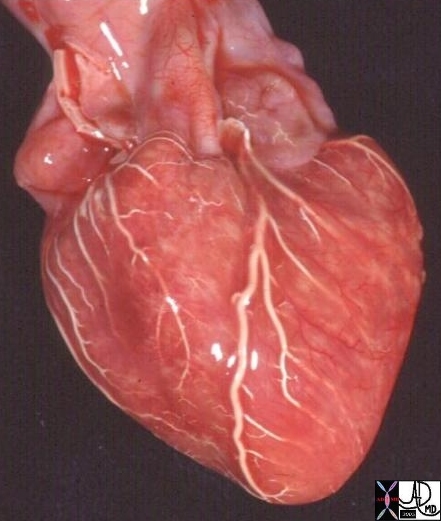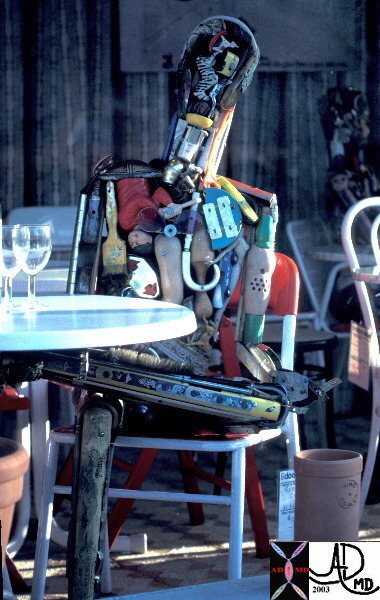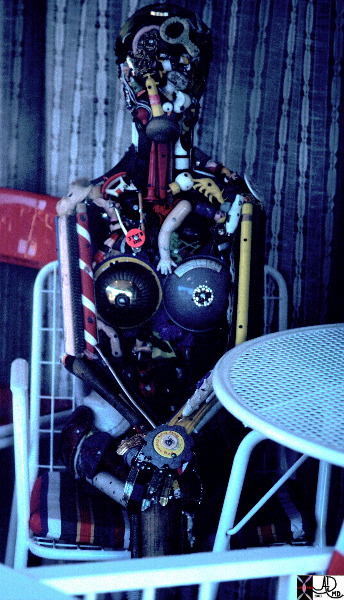Uniqueness
In the previous section, Units to Unity, the importance of each biological unit – be it cell, tissue, or organ – was described as a function of its joining with other units to form a larger whole. Given this description and the discussion of the ‘pride’ of the atom or cell it would seem that the individuality of each biological unit should be considered subordinate to its role in the group dynamic. However, it is important to understand that the unique characteristics of the individual unit are, in fact, critical to the proper functioning of the whole that they construct and must not be devalued. For instance, it is the great diversity of cellular structures and morphology in the body that allows for a vast array of tissues and organs, each with a distinct and critical physiologic function. Without the uniqueness of the individual cell such functional diversity would not be possible.
|
Respect of the Group for Individuality with Respect of the Individual for the Group |
|
The metallic poster hangs outside on the brick wall of Newton North High school in Newton Massachusetts. The uniqueness of the individual is key but on the other hand the individual has to respect the group. The bricks in the background are each individuals with different hues and colors built from the same mold. Together they form a strong wall which supports the building and which also in this case supports the the enormous poster. 86093pb02.800 brick wall outside Newton North High School Newton Mass respect individuality respect diversity respect the group units to unity Courtesy Ashley Davidoff MD Davidoff photography |
|
No Other Like Her |
| A old woman with a red scarf on her head in Drakensberg South Africa Courtesy Ashley DAvidoff MD 02729p code woman old age red Davidoff photography |
Like many other concepts introduced thus far, such as links and connections and units to unity, uniqueness applies not only to biology, but also to human populations and society at large. It is common knowledge, for example, that each person is the result of his/her unique genetic make-up and social experiences. In this way, every human being, like the woman pictured above, is unique and able to offer something different to his/her culture and society. It is here that we encounter the paradoxical relationship between the individual and the group that was discussed above with respect to biology: uniqueness and individuality actually have the capacity to strengthen the group dynamic rather than compromise it. Among humans this is largely reflected by the calls of civil rights activists to respect diversity, if not to fulfill the individual’s right to respect then to foster and maintain cohesive communities. Indeed, the words “united we stand, divided we fall” have often been used to inspire and motivate Americans to unite in spite of and in celebration of their differences. Thus, whether one is discussing cells, tissues, or people their uniqueness as units comprising a larger whole must be continually recognized and respected. The images below are arranged to convey just that.
The Cell
|
The Cell Each Different in their Own Kind, but Vastly Different from Others in Another Culture |
|
The cell is the building block of all biological structure. In this image a few polygonal cells of the liver are attached together. Each cell has a central dark nucleus which is embedded in a pinkish cytoplasm. The nucleus takes up approximately 1/5 to 1/6 of the volume of the cell. (Image courtesy of Barbara Banner M.D.) 13440 Small Cell Carcinoma of the lung Pleural fluid cytology preparation showing group of dark blue cells with scant cytoplasm consistent with small cell carcinoma. Courtesy Armando Fraire MD. 32825 code lung pulmonary pleura neoplasm malignant malignancy primary lung small cell carcinoma cytopathology |
The Tissue
|
Different Configuations for Different Tissues – And Differences in the Same Tissue |
|
The cells of the liver are organized in cords and plates and are organized like spokes of a wheel around the central vein. The plates and cords are lined by the sinusoids which are the channels which carry blood to the liver. Just below the sinusoids, between the wall of the sinusoid and the capsule of the liver there is a space called the space of Disse which carries the lymphatic fluid of the liver. (Image courtesy |
Tissue Units
|
Different Lobules from Different Organs EAch Tissue tends toward Building a Subunit or Unit – Each Liver Lobule (left) Dfferent in their own ind but Vastly Different From the Lung Lobule (right) |
|
The sinusoids and hepatic cords combine to form a liver lobule which is a functional and structural unit of the liver. At the center of the lobule is the central vein from which emanate many cords of liver tissue. At the periphery of the lobule there are 4-5 groups of portal triads consisting of distal branches of the portal vein (dark blue), hepatic artery (red) and biliary radicle (green). They create the border of the lobule. Normal lung histology This image is a panoramic view of the lung showing secondary lobules and interlobular septa. Within the interalveolar septae, one sees small venules and lymphatics.Courtesy Armando Fraire MD. 32649b code lung pulmonary alveoli alveolus secondary lobule interlobular septa vein lymphatic histology interstitium interstitial (Image courtesy of Ashley Davidoff M.D.) 13009 W |
Organs
|
No Two Organs Alike Liver (left) and Heart (right) |
|
The lobules of the liver combine to form lobes. The liver has two lobes. In this anatomical specimen the right lobe is seen on the left side of the image lateral to the stone containing gallbladder, while the left lobe is seen with the branching portal triad surrounded by the whitened connective tissue. on the right side of the image. (Image courtesy of Ashley Davidoff M.D.) 13456 |
Systems
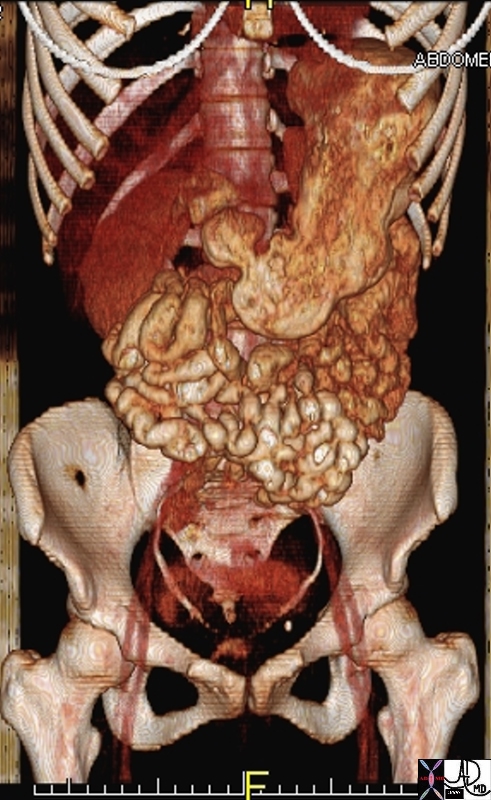 
Differences in Body Cavities Differences in the Same Cavity |
| 45920.800 Courtesy Ashley Davidoff MD |
Body Parts

Difference in Body Morhology – Unique Identifying Features |
| 49609c02 abdomen health disease normal obese morbid obesity order disorder Davidoff MD |
Body
|
Different Sexes Each Unique |
|
I came across this man in a store window in Washington DC I think in the spring of 1983 and it brought to mind the idea of the concept of the parts making up the whole. I show it in the context of the discussion for some light relief. Courtesy Ashley Davidoff MD 22392 02006p03 |
Person
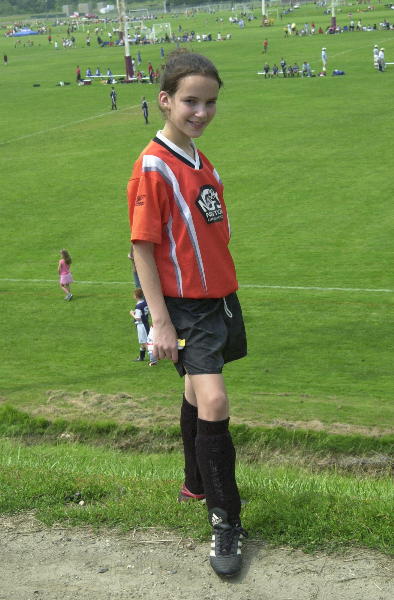 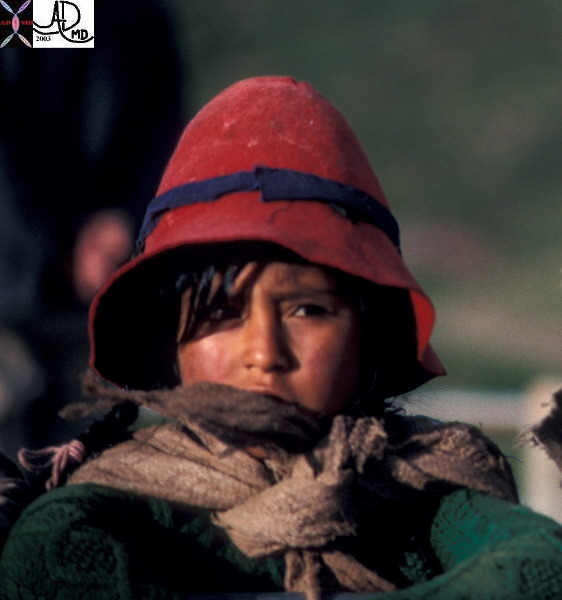
Different People – Unique Faces USA and Peru |
| 72801p |
Couple
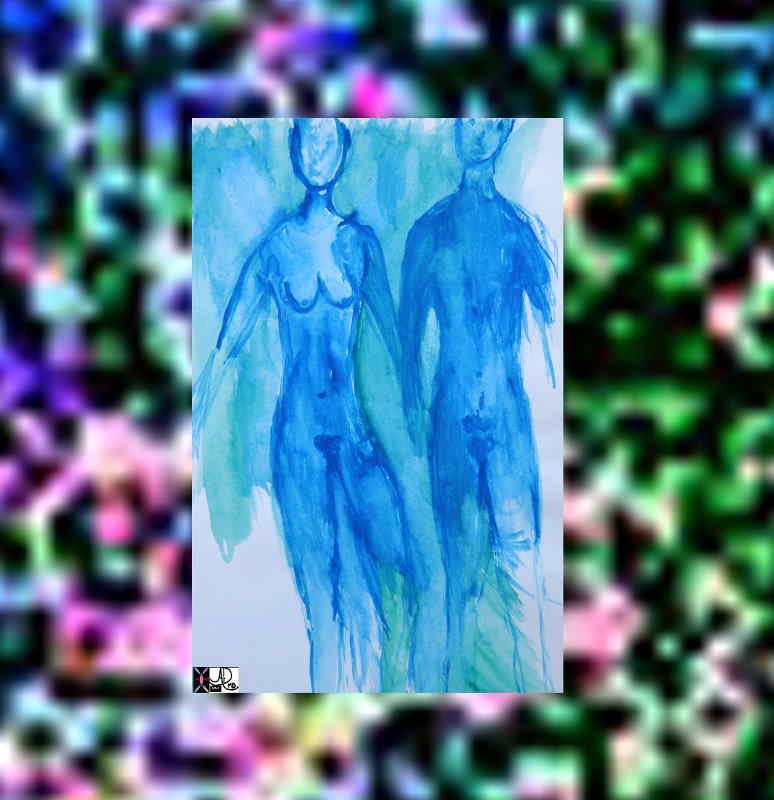 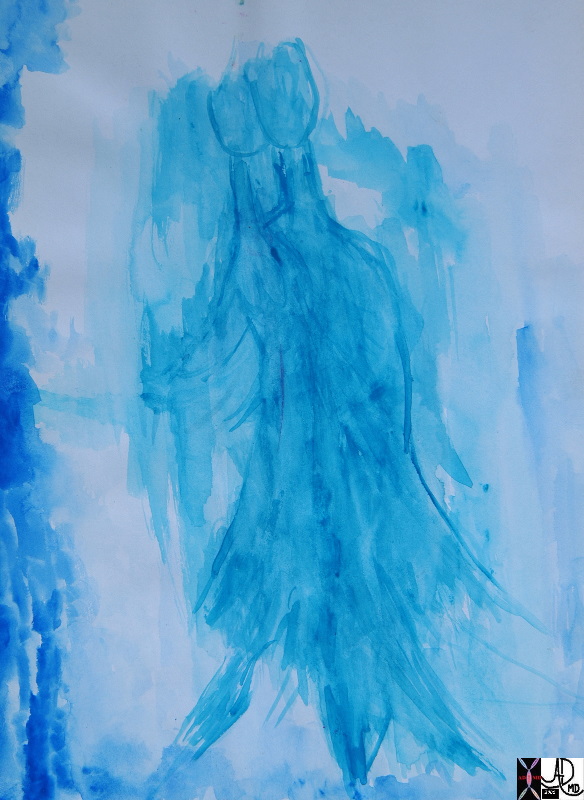
The Couple – No two Couples Alike |
| 82835p.800b01 couple nude man woman TCV oneness Davidoff art |
Groups
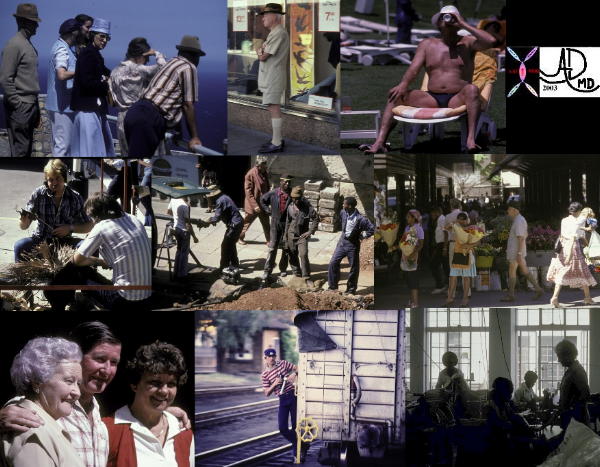
Different Groups of People |
| A collage of some of the people of South Africa. In this image there is a slight male predominance. Davidoff photography. 57728c |
Community
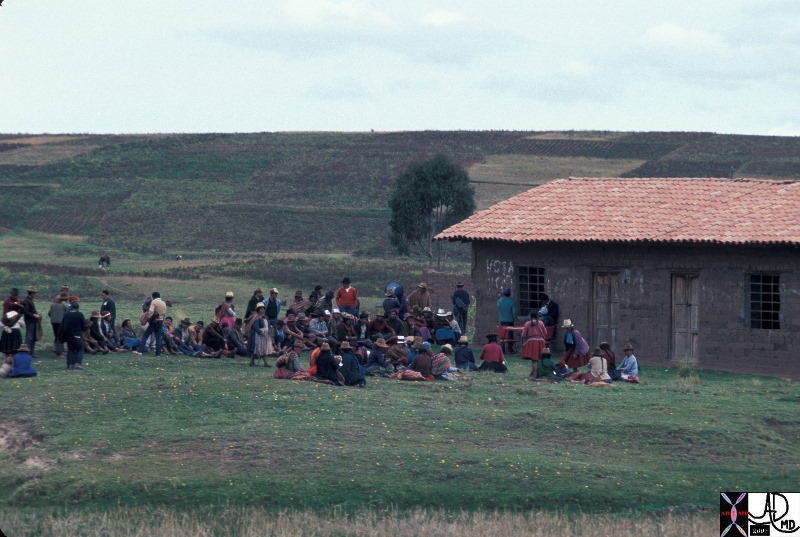 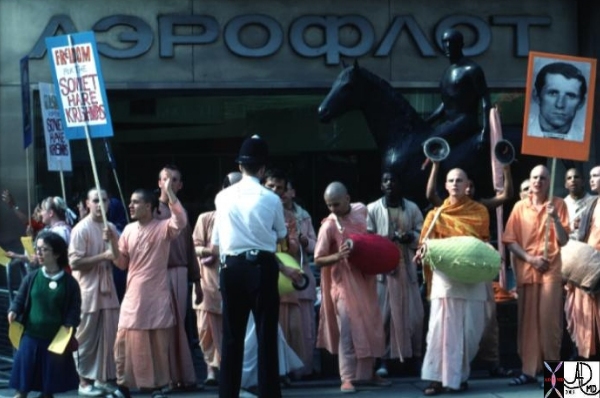
Community – Peruvians and Hare Krishna – London |
| 06303p.800 Peru community people farmland voting polls town meeting Davidoff photography Davidoff MD |
The City
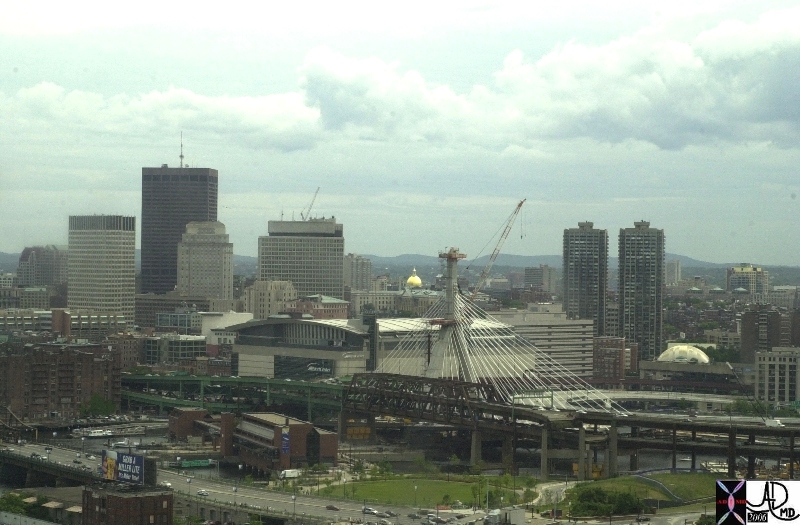 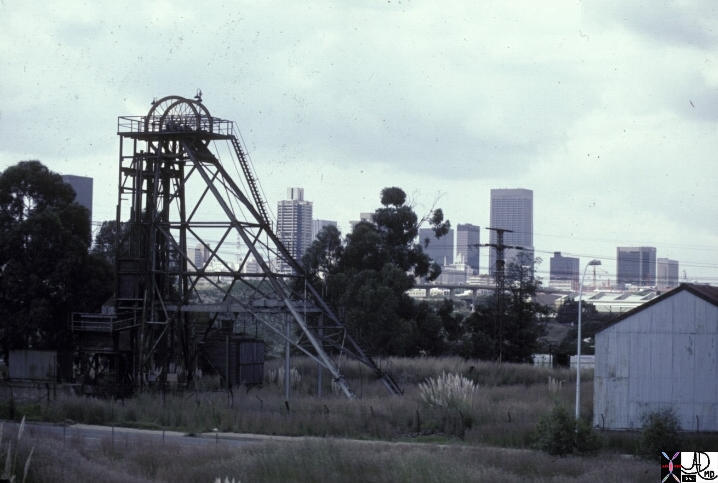
The City Boston and Johannesburg – Unique Cities |
| 61855 Boston Zakim bridge government centre nucleus Davidoff photography 57695.800 gold mine shaft outskirts of Johannesburg city historical special function Davidoff photography |
Nations
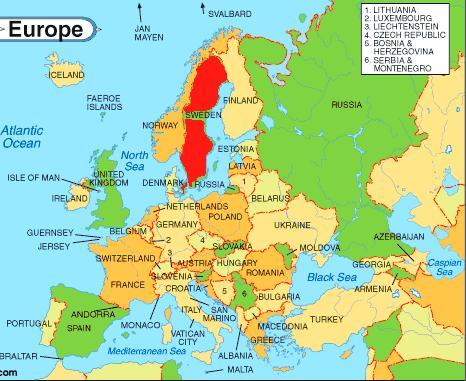
Nations |
| Map of Europe showing with Sweden in red. There is a high incidence of sarcoidosis in the Swedish population. 54454 Image from infoplease.com http://www.infoplease.com/atlas/ 54454 |
Mother Earth

The Earth – An apparent independant unit – but little does it know Is There Only One Earth? |
| 54954 Courtesy of NASA – National Space Science Data Center |
